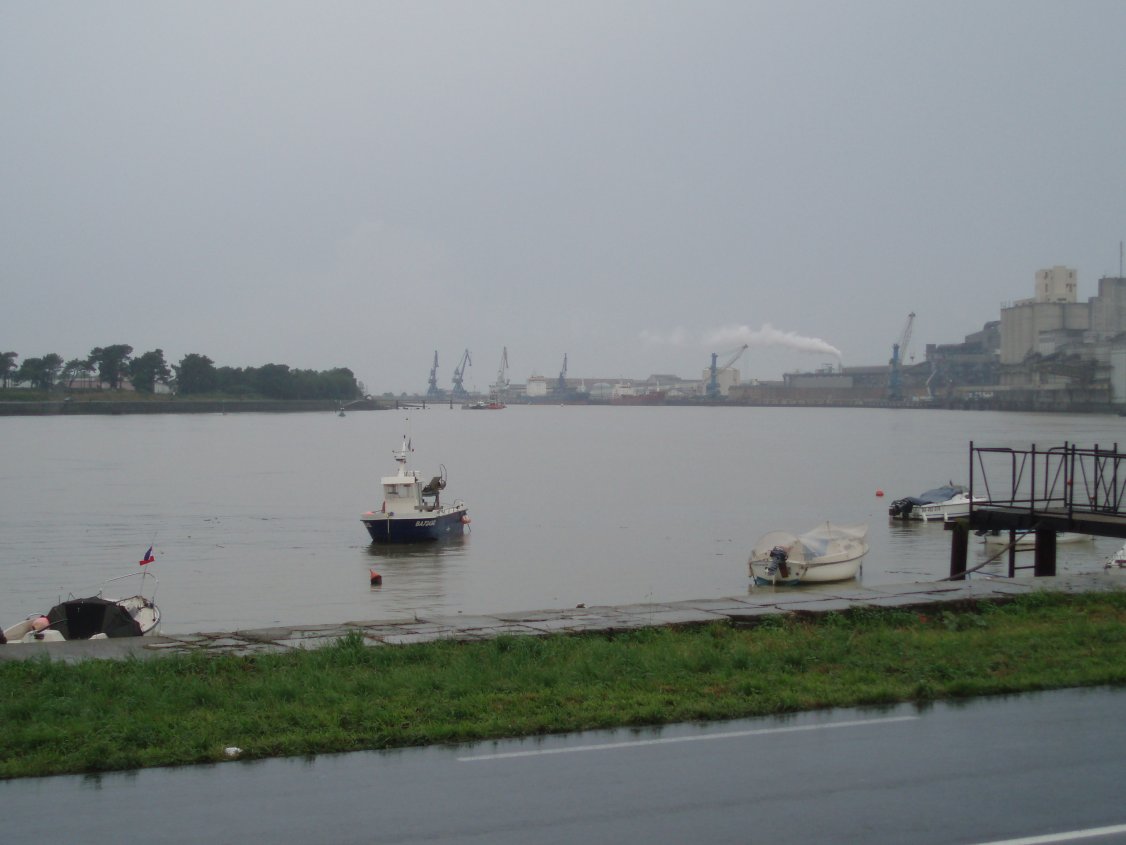..in the second part of the holiday we moved north into the Loire valley for a few days. With the lack of any battlefields to visit with the possible exception of Poitiers which I have as a possibility for a later year, my thoughts turned* to the other thing that the Loire is famous for (apart from wine), and that's chateaus...
(* well leastways they do if you're a wargamer... it's almost a disease... does everything and anything have a wargaming possibility??? I suspect it does!)
...now my wife & spuds are great fans of the picture postcard Chateau's of which there are literally hundreds in the Loire, and while I prefer the more "military ones", there's plenty to choose where both parties are happy... bliss! The following couple of examples were enjoyed by all of us for quite different reasons, but the common link is a gentlemen nicknamed the Faucon Noire, or Black Falcon, Foulques Nerra the Count d'Anjou. Now this guy had an interesting life!
The first castle to feature is Montbarzon (named after
 the town where the castle is built) This was probably one of the first stone castles ever built in France if not Europe as before this place was built they were mostly wooden, and seasonal - the local warlord would build one at the beginning of the campaign season and take it down at the end.
the town where the castle is built) This was probably one of the first stone castles ever built in France if not Europe as before this place was built they were mostly wooden, and seasonal - the local warlord would build one at the beginning of the campaign season and take it down at the end.Montbarzon is one of a number built by the Falcon as part of his dispute with the Counts of Chartres-Blois, and an ongoing campaign to take the city of Tours which they ruled.
The castle was one of the first of a string of castles he built round their lands and was completed in 994. The Counts of Chatres-Blois then promptly captured it in 997, and Nerra didn't re-capture it until 40 years later, before eventually dying shortly after in 1040.
The keep is 28 meters high, and when originally built was just a simple rectangular building. The keep was then transformed into a much bigger
 fortress by the Falcons son (Geoffroi Martel) and Henry II, the king of England (Henry Plantagenate, who also happened to have Normandy within his remit at the time - hence the involvement). Henry added the round tower on the left of the picture in 1175
fortress by the Falcons son (Geoffroi Martel) and Henry II, the king of England (Henry Plantagenate, who also happened to have Normandy within his remit at the time - hence the involvement). Henry added the round tower on the left of the picture in 1175In 1791 the interior floor collapsed and in 1794 part of the 100ft-square tower was torn down by revolutionaries. Three years later, it was hit by lightning - which is the big crack on the front of the keep. Later, between 1823 and 1852 the castle was used as a relay post for a mechanical semaphore system which could - on a clear day - transmit a visual message from Paris to Bordeaux in less than 10 minutes . Following the arrival of the electronic telegraph in the 1850s, the contraption was taken down (you can still see the reamains in the picture to the left, on top of the keep)and the statue mounted in its place. This depicts Mary & Jesus and was paid for by the wife of the Emperor Napoleon III - and very striking it is!
The second castle was not nearly so complete - this is Langeais which most people these days visit for the considerably more modern chateau built int he 16th or 17th Century. Much to my wife's disgust, of course, I was more interested in the remains of the original keep "out back"... J
Once again Langeais this was built by the Falcon as part of his ring of castles round Tours.. same style and type - but considerably less well preserved!
The map following - which you can get a better view of by clicking on it shows the positions of the two castles in relation to Tours - Langeais is to the right (west), and Montbarzon is on the junction of the roads in the circle to the south..
..and that's it for France this year...
..thoughts now turn to the weekend - and I think it's time to start in with the paintbrush again. I've got the second unit of cuirassiers/heavy's to paint for the WSS - I can't find any references to the Danish cavalry wearing the pot, so I'm going to go with another of the Bavarian Cuirassier regiments.. the new figures I bought at Colours (enough to make two regiments) will both join the forces of the Empire so as to even the inequality in numbers! I'll also get some comparison shots of the Freikorps compared to the other makes I've bought.. should be a fun weekend!



































